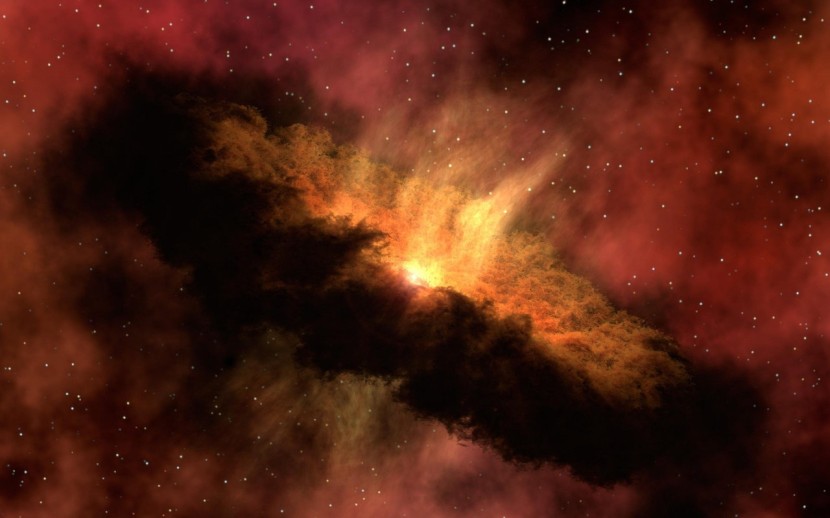
Physicists have seemingly created a tiny wormhole that successfully teleported information as predicted in a feat that utilized a quantum computer to perform a complex task.
Quantum teleportation is the ability of quantum states to be transported between distant places, with the idea that information is capable of traveling instantly. While teleportation is an established technique in quantum technology, the recent experiment sought to simulate the behavior of a wormhole through a virtual universe.
Tiny Wormhole
The team of researchers responsible for the latest experiment said that the results were a step towards using ordinary quantum physics to explore complex ideas about abstract universes. These are where gravity and quantum mechanics seemingly work harmoniously together.
Scientists could use quantum computers to develop a quantum theory of gravity in these "toy" universes. A particle physicist at the California Institute of Technology, Maria Spiropulu, who led the study, said that the experiment was a test of quantum-gravity ideas on a real lab experimental testbed, as per Nature.
The idea of wormholes, passages through space-time that are capable of connecting two very distant points via the centers of black holes, was proposed by Albert Einstein and Nathan Rosen in 1935. The two physicists calculated that, in principle, these passages were allowed by the general theory of relativity.
That particular theory explains that gravity is an effect of the curvature of space-time. However, physicists have later found that even if wormholes do exist in the universe, it was highly unlikely for them to allow any object to conduct interstellar travel that is often seen in science fiction films.
According to CNN, Spiropulu said that what her team created was a "baby wormhole" and despite the feat, scientists are still a long way from sending people or other living beings through such a passageway.
Read Also: NASA Aims To Have Astronauts Live, Work on Lunar Surface by 2030 Amid Continuous Space Missions
Progress in Space-Time Research
Another physicist, Joseph Lykken of Fermilab, said that there was a difference between something being in the realm of possibility in principle and something being possible in reality. He noted that there was no sense in being excited that something like a dog could soon be sent through a wormhole.
The team observed the dynamics of the wormhole on a quantum device at Alphabet's Google called the Sycamore quantum processor. The researchers seemingly found a quantum system that exhibits key properties of a gravitation wormhole. Furthermore, it was small enough for them to implement it on existing quantum hardware.
Lykken noted that it looked like a wormhole and had the properties of such, leading researchers to believe that it actually was a passageway between two points in space-time. The team noted that there was no rupture of space-time created in the physical space during the experiment.
Researchers seek to conduct higher-fidelity simulations of wormhole behavior as quantum circuits become more complex. These future endeavors could lead to new twists in fundamental theories that have been set for decades.
Spiropulu added that the relationship between quantum entanglement, space-time, and quantum gravity was one of the most important questions in fundamental physics. She argued that it was an active area of theoretical research, Science Alert reported.
Related Article : Cosmic Beam of Light Caused by Supermassive Black Hole Devouring Star 8.5 Billion Light-Years Away
© 2025 HNGN, All rights reserved. Do not reproduce without permission.








